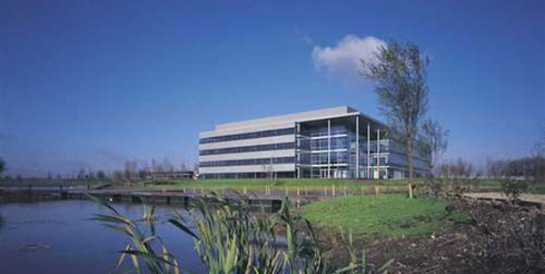Bain on Business / IT Alignment
[From the Archive: Originally posted at Amplify.com Aug 18, 2010]
Dan Rough just asked me about my thoughts on this (2007) Bain report, and its relevance to #Rightshifting.
Firstly, it’s good to see that someone in the big bench-markers was paying some attention to effectiveness. (Question: is anyone still interested in 2010?)
Of course, the Bain argument is mainly concerned with “pragmatic” issues such as business growth and costs, whereas #rightshifting finds its root in social justice, with considerations of profitability etc. *derived* from that root. By which I mean, #rightshifting holds that profitability, business growth and lower costs all improve (dramatically) with a more engaged workforce.
I don’t quite see why Bain have chosen to make “Alignment” a different axis from “effectiveness”.Surely alignment of IT with the business (giving the business the features it needs) is a part of effectiveness? I guess it played to their focus on “Business Alignment” as a strategic (marketing) ploy back then (2007).
I’m also not too sure to what extent this report was regarding IT as a “string and tin” and/or webtone provider, and to what extent software development played a part.
I can certainly concur (from experience) that organisations that try to improve the IT / business alignment by e.g. distributing IT around the business units seem to rapidly lose any semblance of “being able to do a good job on IT projects”. So, yes, I find the “Alignment Trap” issue congruent.
Coming back to the question of relevance to #rightshifting: If we unwrap the chart and stack the four quadrants horizontally, it seems to me to be very congruent with the #rightshifting chart we all know and love. That is, I would order the quadrants, from left to right, thusly: Alignment Trap (11%); Maintenance Zone (74%); Well-oiled IT (8%); IT-enabled growth (7%).
Big Note: The above ordering only takes us to about the 2x effectiveness mark on the rightshifting chart! There’s lot’s more (empty) space on the rightshifting chart (to the right of 2x, up to and beyond the 5x mark) that this Bain report doesn’t even acknowledge.
I can certainly concur with their basic premise:: “Aligning a poorly performing IT organization to the [relevant] business objectives still won’t get the objectives accomplished.” For me, the key question remains unanswered by this report: HOW to get business objectives accomplished REALLY effectively?
Amplify’d from twitter.com
danrough Shared: Avoiding the alignment trap in IT –http://bit.ly/cHAb4S |Wld be interested in ur thoughts vis a vis #rightshifting @flowchainsensei
Read more at twitter.com





